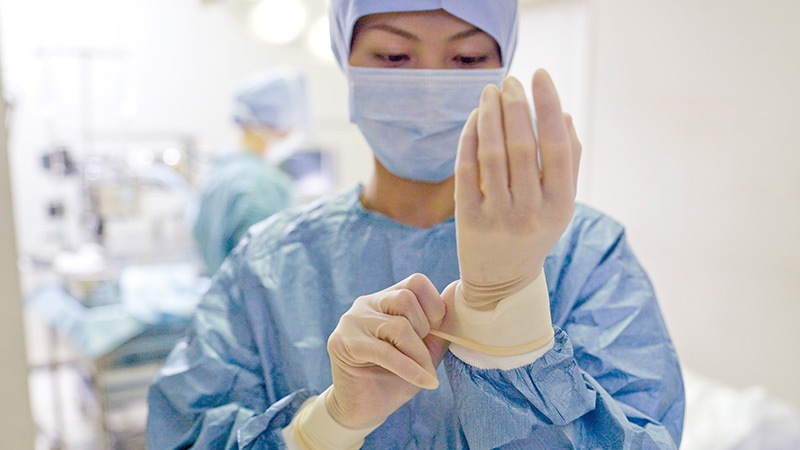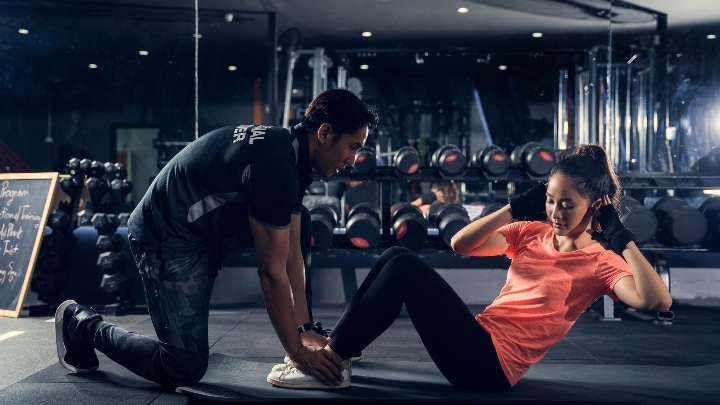March 26, 2020
In many countries hospitals and healthcare institutions are working around the clock to treat patients. While our lamps with UV-C radiation cannot treat people directly, they can have a meaningful contribution.
The coronavirus (COVID-19) has spread to many countries and territories around the globe and the World Health Organization (WHO) has declared the virus a pandemic.
In many countries hospitals and healthcare institutions are working around the clock to treat patients. While our lamps with UV-C radiation cannot treat people directly, they can have a meaningful contribution.




